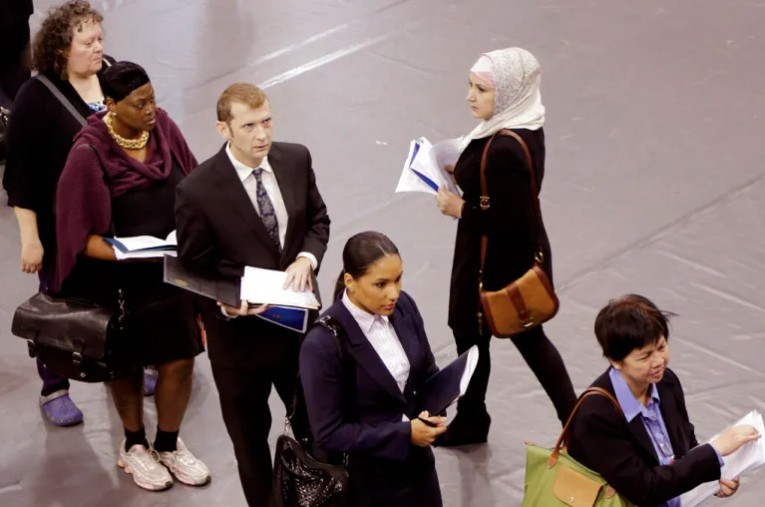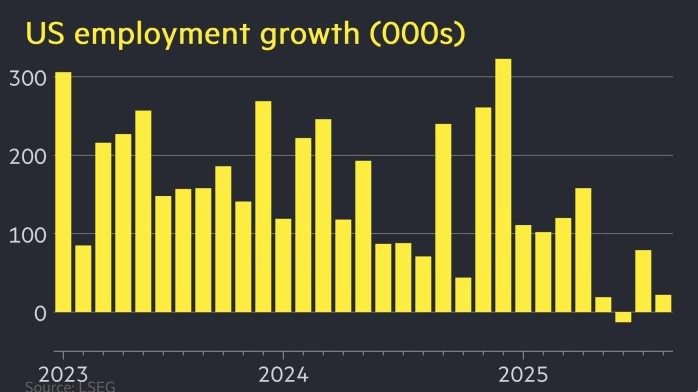Sarosh Mustafa

The U.S. labor market—long considered the backbone of global economic strength—delivered a stunning disappointment in August 2025, with payrolls adding only 22,000 jobs, far below expectations of 75,000.
The unemployment rate climbed to 4.3%, the highest level in nearly four years, while revised data showed June job figures flipped negative, recording a loss of 13,000 positions—the first monthly contraction since December 2020. Analysts warn the slowdown feels less like a pause and more like a clear warning of a looming recession.
Sector-by-Sector Breakdown
- Manufacturing and wholesale trade lost jobs, underscoring weak demand.
- Government employment shrank sharply, with federal payrolls down nearly 100,000 this year.
- Only healthcare (+31,000) and social assistance (+16,000) showed resilience—sectors that typically expand even during downturns.
This pattern signals not a healthy labor market churn, but a broader contraction with limited pockets of strength.

Policy Pressures and Political Turmoil
Two key policy headwinds have deepened the slowdown:
- Tariffs carried over from the Trump era, which raised costs and squeezed consumer demand.
- Immigration restrictions, disrupting labor supply pipelines.
Confidence was further rattled by the recent firing of the Bureau of Labor Statistics commissioner, sparking concerns about the credibility of official data.
Federal Reserve’s Tightrope
With the economy at stall speed, markets now expect the Federal Reserve to cut rates in September in an attempt to spur hiring and consumer activity. Yet economists caution that monetary policy alone cannot fix structural weaknesses in trade, immigration, and fiscal credibility.

A Psychological Shift
Beyond the numbers, the report has shaken confidence in the U.S. as a perpetual job-creating powerhouse. Households are tightening spending, companies are delaying expansion, and global investors are questioning America’s growth story.
Conclusion: A Red Light for the Economy
The addition of 22,000 jobs may technically represent growth, but the August report is being read as a flashing red warning sign. Unless policymakers respond with coordinated and credible action, economists fear this month could be remembered as the moment the U.S. hiring engine began to stall.























